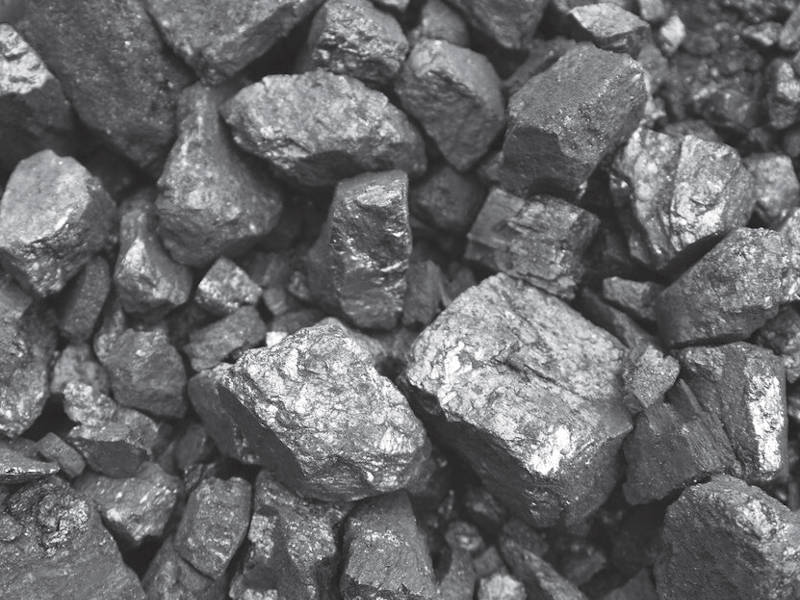Iron ore is one of the most crucial raw materials in the global economy, serving as the primary source of iron for the steel industry. With its widespread applications in construction, manufacturing, and infrastructure development, iron ore is foundational to modern civilization. This article explores the types of iron ore, extraction methods, applications, and the environmental considerations surrounding its production.
What is Iron Ore?
Iron ore refers to a variety of iron-rich minerals from which metallic iron can be extracted economically. The most common types of iron ore include:
- Hematite (Fe₂O₃): This is the most important iron ore and is typically reddish in color. Hematite is highly valued for its high iron content and is commonly found in sedimentary rocks.
- Magnetite (Fe₃O₄): Magnetite is another significant source of iron ore, characterized by its magnetic properties. It is often found in igneous and metamorphic rocks and has a slightly lower iron content compared to hematite.
- Limonite (FeO(OH)·nH₂O): Limonite is a hydrous iron oxide and is often considered a secondary source of iron ore. It has a lower iron content and is less commonly mined than hematite and magnetite.
- Siderite (FeCO₃): This iron carbonate mineral is less abundant and less important in industrial applications, but it can still be a source of iron.
Extraction and Processing of Iron Ore
The extraction of iron ore involves several key steps:
- Mining: Iron ore is mined through surface (open-pit) or underground mining techniques. Open-pit mining is most common due to the relatively shallow depth of most iron ore deposits.
- Crushing and Screening: After extraction, the ore is crushed and screened to separate it into different size fractions. This process improves the efficiency of subsequent processing.
- Concentration: The crushed ore undergoes a concentration process to increase the iron content. This can involve methods such as magnetic separation, gravity separation, or flotation, depending on the type of ore.
- Pelletizing: The concentrated iron ore is then shaped into pellets, which are used in the steel-making process. Pelletizing helps improve the efficiency of iron ore transport and reduces emissions during smelting.
- Smelting: The final step involves smelting the pellets in a blast furnace, where they are combined with coke (a carbon source) and limestone. The intense heat reduces the iron oxide to molten iron, which can then be cast into various shapes and forms.
Applications of Iron Ore
Iron ore is primarily used to produce iron and steel, which have countless applications:
- Construction: Steel is a fundamental material in construction, used for structural components, beams, and reinforcement bars.
- Manufacturing: Iron and steel are vital in the production of machinery, vehicles, and consumer goods, playing a key role in various manufacturing sectors.
- Infrastructure: Iron and steel are essential for infrastructure development, including bridges, roads, and railways.
- Tools and Equipment: Many tools, equipment, and appliances rely on steel, making it integral to everyday life.
Economic Importance
Iron ore is a significant driver of economic growth, particularly in countries with large reserves such as Australia, Brazil, and China. The iron and steel industry is a major employer and a contributor to GDP in these nations. Global demand for iron ore has surged, fueled by urbanization, industrialization, and infrastructure projects in emerging economies.
Environmental Considerations
Despite its economic significance, iron ore extraction and processing pose several environmental challenges:
- Habitat Destruction: Mining activities can lead to habitat destruction, soil erosion, and biodiversity loss.
- Water Pollution: Runoff from mining sites can contaminate local water sources, affecting aquatic ecosystems and communities.
- Air Emissions: The production of iron and steel generates greenhouse gases and other pollutants, contributing to climate change and air quality issues.
- Waste Management: The disposal of tailings and waste materials from mining operations poses challenges for land management and environmental protection.
Innovations and Sustainability
As awareness of environmental issues grows, the iron ore industry is adopting more sustainable practices:
- Improved Mining Techniques: Advances in technology are leading to more efficient mining methods that reduce waste and minimize environmental impact.
- Recycling: The recycling of scrap metal significantly reduces the demand for newly mined iron ore and lowers overall emissions in the steel-making process.
- Cleaner Production: Efforts are underway to develop cleaner production techniques, including using hydrogen as a reducing agent in place of carbon.
Conclusion
Iron ore is an indispensable resource that underpins modern industry and infrastructure. Its extraction and processing play a vital role in the global economy, but they also present significant environmental challenges. As the industry moves forward, the focus on sustainable practices and technological innovations will be critical in balancing economic growth with environmental stewardship. By embracing responsible mining and production methods, the iron ore sector can contribute to a sustainable future while meeting the world’s growing demand for steel and iron products.
